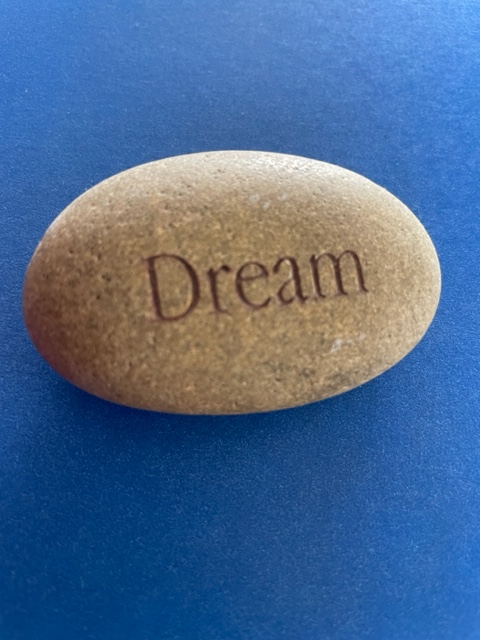
The Structure and Dynamics of Dreams
Given this assessment of the various functions served by dreams and our appraisal regarding the adaptive (or nonadaptive) role played by dreams in human evolution, it is time finally to turn briefly to the way in which dreams actually work.
Nightly Progression of Dreams
Most of the research (reference) suggests that dreams tend to “regress” during the night. They are likely to be short and rather pale (in terms of both color and theme) early in the night. They usually relate to events that have occurred recently in our life. In fact, these early-night dreams often closely resemble our rambling thoughts that frequently take place just before we fall asleep (called the “hypnogogic” state).
Later at night (and into the early morning) the dreams typically become longer (with the accompanying REM state also extending over a longer period of time). They are also likely to be offered in much greater visual detail and are splashed with vivid color and often a choir of varying landscapes and bizarre juxtapositions. Themes often relate to events that occurred or issues that were prominent at a much earlier point in our life. French and Fromm would suggest that the focal conflicts of our childhood are likely to most fully addressed in these late-night dreams. Many of the other functions I have identified are also likely to be engaged in these dreams—including Freud’s wish-fulfillment function.
It is appropriate at this point to devote a few words at this point to the pre-sleep process just mentioned. The Hypnogogic state takes place just before falling to sleep. It might involve the distortion of our image of body parts (for example, our foot suddenly appearing to be quite large). Hypnogogic distortions might instead relate to our cognitive processes. We ponder an idea in this sleep-like state. This pondering might return in a subsequent dream.
There is also a post-sleep state called Hypnopompic that occurs as we are slowly waking up. Like the Hypnogogic state, this dream-like state can relate to that which took place during our nighttime dreams. We might even be finishing a dream that was interrupted when we woke up. A dreamer reported to me that their dream of a crime being committed led to a hypnopompic dream-like envisioning of the criminal being brought to justice. This relationship between post-sleep (hypnopompic) content and a previous dream is reportedly more common that the pre-sleep (hypnogogic) introduction of dream-content before falling asleep.
Dream Memories
We know quite a bit about the content of dreams and about ways and times when this content is remembered as we wake up. However, there is a question about dreams and memory that has not yet been answered. Is there a separate memory system for past dreams? This would not seem to be the case since dreams content is rarely stored in the hippocampus unless recalled immediately after we wake up. Is this a definitive answer? I know in my own dreams there is often the sense that I am referring in a specific dream to content from a previous dream. Is this merely a bit of fabrication—which we find scattered throughout our dreams?
The Jungians might suggest that memories from one dream are somehow stored in our personal unconscious – or even that what seems to be a personal memory is actually part of the vast repository of shared memories housed in our collective unconscious. I don’t want to go quite this far; however, I do think that somehow memories from one dream are stored for use in another dream. This is particularly likely to occur if have awoken from the first dream and remembered it. This would mean that content from the first dream has been stored in the hippocampus. It would then be available (as is the case with memories of awake events) for incorporation in subsequent dreams.





